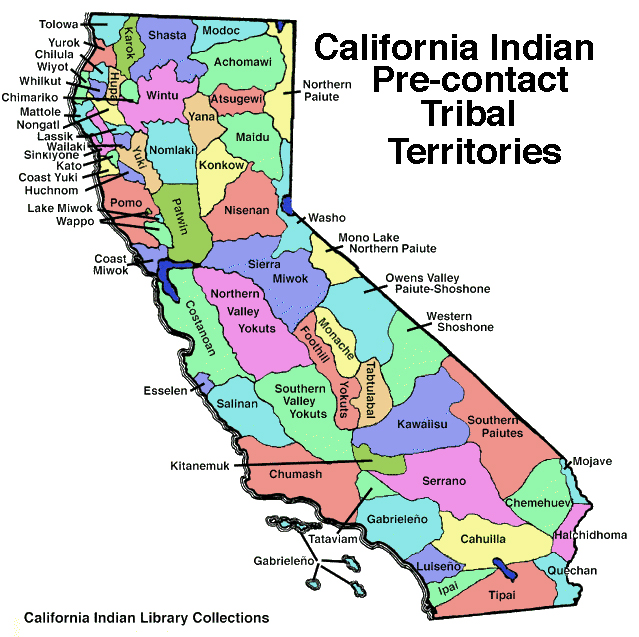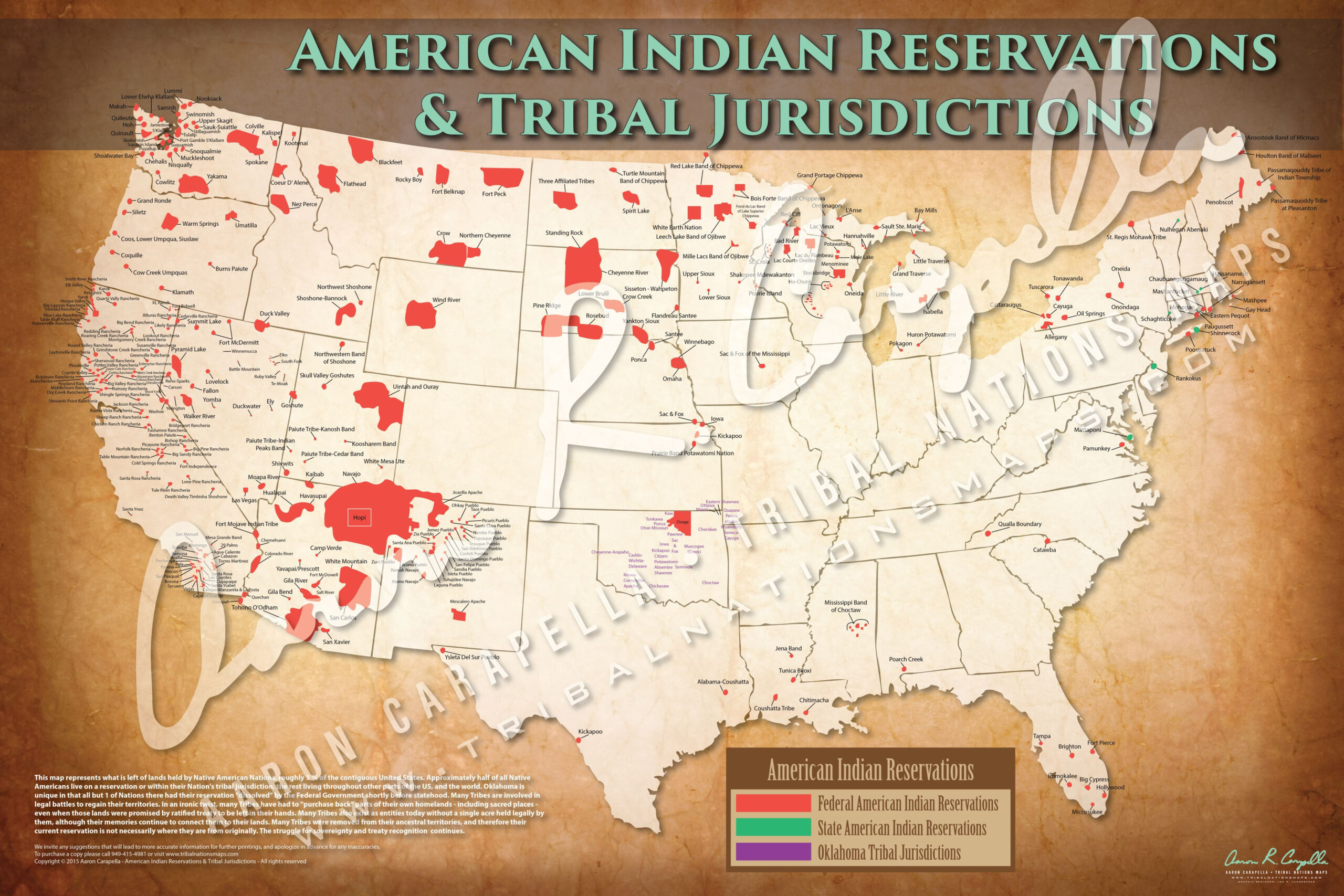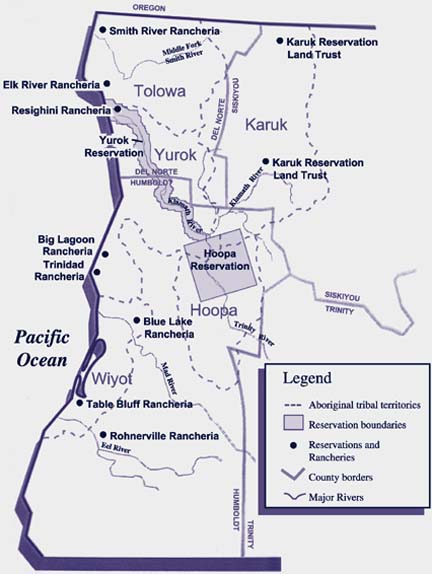Is There an "Indian Reservation" in California? Unpacking the Complexities of Tribal Lands
Is There an "Indian Reservation" in California? Unpacking the Complexities of Tribal Lands

Let’s get this straight: there’s no such thing as an "Indian reservation" in California. It’s a term that’s often used, but it’s not accurate and can be downright offensive. Why? Because it perpetuates a colonial mindset that sees Indigenous lands as something to be "reserved" rather than recognized as sovereign territories.
California is home to over 100 federally recognized tribes, each with its own distinct history, culture, and land base. These lands, known as "tribal lands" or "reservations", are not just geographic spaces but are vibrant communities with their own governments, laws, and traditions.
Related Articles: Is There an "Indian Reservation" in California? Unpacking the Complexities of Tribal Lands
- Are There Any Indian Reservations In Washington State? (Spoiler Alert: Yes!)
- Wyoming’s Wild Wonders: Exploring The State’s Stunning Reservations
- Uncover the Extent of Indian Reservations in Arizona: Surprising Insights Revealed
- Discover the Enchanting Native American Reservations of Montana
- Unveiling the Treasures of Indian Reservations in New York: A Map to Cultural and Historical Gems
A Brief History
The story of tribal lands in California is deeply intertwined with the brutal history of colonization. Before European arrival, Native Americans thrived in California for thousands of years, managing their lands sustainably and living in complex societies. However, the arrival of European settlers brought with it disease, displacement, and violence.
The California Gold Rush of the mid-1800s further exacerbated the situation, leading to widespread massacres and forced removals of Native peoples from their ancestral lands. The federal government, in an attempt to manage the conflict, established "reservations" for Native Americans, often on the least desirable lands.
The Modern Reality
Today, tribal lands in California are far more than just remnants of a bygone era. They are vibrant communities with a rich cultural heritage and a strong sense of self-determination. Tribes have been fighting for decades to reclaim their sovereignty and manage their own affairs.
Here’s what you need to know about tribal lands in California:
- They are not "reservations" in the traditional sense. They are sovereign nations with their own governments, laws, and jurisdiction.
- They are home to a diverse range of communities. Each tribe has its own unique language, culture, and traditions.
- They are vital to the economic and cultural well-being of California. Tribal lands contribute significantly to the state’s economy through tourism, gaming, and other industries.
- They are facing ongoing challenges. Tribes continue to fight for their rights, including the right to self-determination, environmental protection, and economic development.

Beyond the Stereotypes

It’s crucial to move beyond outdated stereotypes and understand the complexities of tribal lands in California. Instead of viewing them as "reservations," we should recognize them as sovereign nations with a rich history and a vibrant future.
Here are some ways you can support tribal communities in California:
- Learn about the history and culture of the tribes in your area.
- Visit tribal museums and cultural centers.
- Support tribal businesses and organizations.
- Advocate for policies that support tribal sovereignty and self-determination.

Understanding the Difference: Reservations vs. Tribal Lands
The term "reservation" can be a source of confusion and misunderstanding. While it’s commonly used, it’s important to understand that it’s not a neutral term. It implies a sense of "reservation" or "setting aside" of land, which can perpetuate a colonial mindset.
Here’s a breakdown of the difference:
- Reservation: A term often used to refer to tribal lands, but it implies a sense of colonial control and a lack of sovereignty.
- Tribal Lands: A more accurate and respectful term that recognizes the sovereignty of tribes and their right to self-determination.
Respecting Indigenous Sovereignty
Respecting Indigenous sovereignty means understanding that tribes are not simply "part of" California, but are distinct nations with their own rights and self-determination. It means recognizing the historical injustices that have been inflicted upon Native Americans and supporting their efforts to reclaim their sovereignty and heal from past trauma.
A Call to Action
It’s time to move beyond the outdated and inaccurate term "Indian reservation" and embrace a more respectful and accurate understanding of tribal lands in California. By learning about the history, culture, and sovereignty of California tribes, we can contribute to a more just and equitable future for all.
FAQ
Q: What are some of the challenges facing tribal communities in California?
A: Tribal communities in California face a range of challenges, including:
- Loss of language and culture: Many tribes are struggling to preserve their traditional languages and cultural practices.
- Economic disparities: Tribal communities often experience higher rates of poverty and unemployment than the general population.
- Environmental degradation: Tribal lands are often impacted by pollution, climate change, and other environmental threats.
- Lack of access to healthcare and education: Tribal communities often face barriers to accessing quality healthcare and education.
- Historical trauma: The legacy of colonization and genocide continues to impact tribal communities.
Q: What are some of the ways that tribal communities in California are working to address these challenges?
A: Tribal communities in California are working to address these challenges through a variety of initiatives, including:
- Language revitalization programs: Tribes are working to revive their traditional languages through education, cultural events, and language immersion programs.
- Economic development projects: Tribes are developing businesses, casinos, and other economic ventures to create jobs and improve the quality of life for their members.
- Environmental protection programs: Tribes are working to protect their lands and waters from pollution and other environmental threats.
- Healthcare and education programs: Tribes are developing healthcare and education programs to address the needs of their communities.
- Cultural preservation efforts: Tribes are working to preserve their cultural heritage through museums, art programs, and traditional ceremonies.
Q: How can I learn more about tribal lands in California?
A: There are many resources available to learn more about tribal lands in California, including:
- Tribal websites: Many tribes have their own websites that provide information about their history, culture, and government.
- Museums and cultural centers: There are a number of museums and cultural centers dedicated to Native American history and culture in California.
- Books and articles: There are many books and articles available that provide information about tribal lands in California.
- Tribal organizations: There are a number of tribal organizations that advocate for the rights of Native Americans in California.
Q: How can I support tribal communities in California?
A: There are many ways to support tribal communities in California, including:
- Visiting tribal museums and cultural centers: This is a great way to learn about the history and culture of the tribes in your area.
- Supporting tribal businesses and organizations: This helps to create jobs and support the economic well-being of tribal communities.
- Advocating for policies that support tribal sovereignty and self-determination: This helps to ensure that tribes have the right to manage their own affairs and protect their lands.
- Educating yourself and others about the history and culture of Native Americans: This helps to raise awareness and promote understanding of the challenges facing tribal communities.
Remember, it’s time to move beyond outdated and inaccurate terms and embrace a more respectful and accurate understanding of tribal lands in California.

Closure
Thus, we hope this article has provided valuable insights into Is There an "Indian Reservation" in California? Unpacking the Complexities of Tribal Lands. We thank you for taking the time to read this article. See you in our next article!

